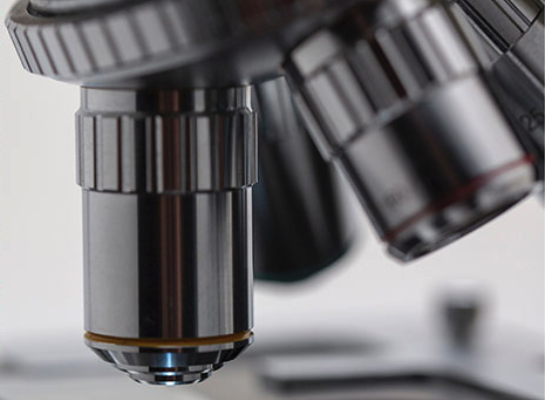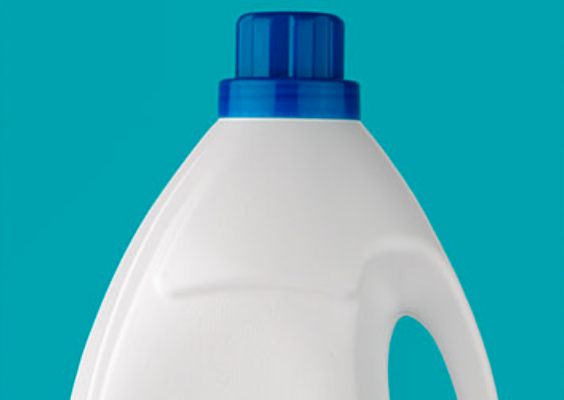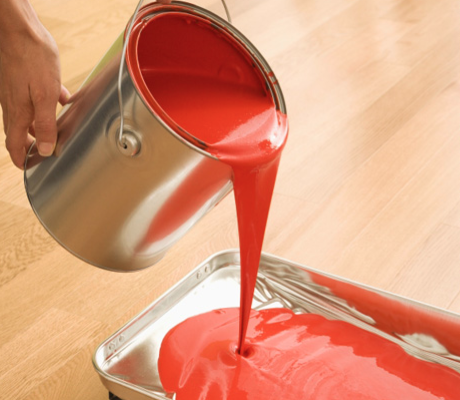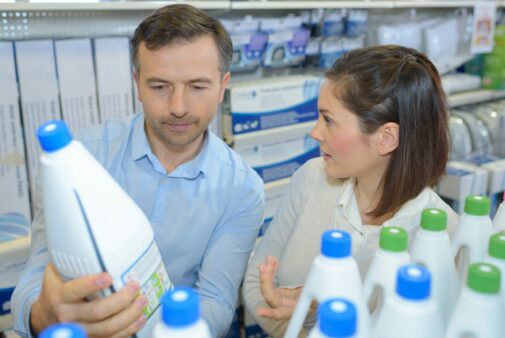Key Points/Overview
1,4-Dioxane’s uses include dehydrating tissue and preparing slides for microscopy, producing cellulose acetate, and to help inks adhere to plastics.
Historically, 1,4-dioxane was used as an additive in chlorinated solvent formulations but is no longer used in this application.
The EPA is conducting a risk evaluation to consider whether 1,4-dioxane presents an unreasonable risk to human health or the environment.
Uses & Benefits

Medical, pharmaceutical and biotechnical
1,4-Dioxane is used to dehydrate tissue and prepare slides for microscopy. Those slides may be used in medical research laboratories to prepare samples for analysis. 1,4-Dioxane also can be used as a purifying agent in pharmaceutical manufacturing.

Plastics and polymers
1,4-Dioxane is used in the production of cellulose acetate, a thermoplastic polymer used to make artificial fibers and plastic. Cellulose acetate can be spun into textile fibers and can be molded into solid plastic parts such as tool handles, and cast into film for photography and food wrapping. It also is used as a catalyst in some polymerization reactions.
1,4-Dioxane also has been used to make photosensitive resins and magnetic tape used to record information

Inks, paints and coatings
1,4-Dioxane was historically used to help inks adhere to plastics. It also may have been used as a solvent in paints, varnishes and lacquers.

Other Uses
Use of 1,4-dioxane has been identified in the production of several other products. It has been used as a wetting and dispersing agent in textile processing and in wood pulping. Other uses of 1,4-dioxane have included racing fuels, fire retardant production, medical device production, herbicides, pesticides and art restoration.
While not an added ingredient, 1,4-dioxane can occur in trace amounts as an unintentional byproduct during the manufacturing process of ingredients in cleaning and cosmetic products. Only a fraction of 1,4-dioxane that may contact the skin will typically be absorbed, as the chemical readily evaporates.

Safety Information
The U.S. Environmental Protection Agency (EPA) has classified 1,4-dioxane as a potential human carcinogen based on animal studies. Authoritative bodies around the world, including the World Health Organization and Health Canada, have concluded that exposures to levels of 1,4-dioxane encountered in the environment—including through drinking water—do not present a cancer risk.
Worker Exposure
EPA is conducting a risk evaluation for 1,4-dioxane, which considers the effects of the chemical on health and the environment and the potential for exposure to workers and other populations. A draft of the risk evaluation was released in June 2019, which identified several uses of 1,4-dioxane that may require risk management.
The National Institute for Occupational Safety and Health (NIOSH) states that workers who may be exposed to 1,4-dioxane include employees in scientific laboratories, workers exposed to certain industrial solvents, factory workers involved in the manufacturing of some cosmetics, and workers in the paper pulping industries. NIOSH publishes guidance on chemical exposures and worker health, which includes information on controlling chemical workplace exposures, as well as a pocket guide to chemical hazards that includes information on symptoms, personal protection and first aid.
Consumer Exposure
1,4-Dioxane can be released into the air, water and soil at places where it is produced or used. People may be exposed to low levels of 1,4-dioxane through breathing air or drinking water where the chemical is present. Once in the body, 1,4-dioxane is rapidly broken down and eliminated from the body in the urine.
EPA conducted drinking water monitoring of 1,4-dioxane on a national scale in 2013 under the federal Safe Drinking Water Act. Based on this monitoring, EPA has determined that establishing a national drinking water standard for 1,4-dioxane would provide minimal public health benefit and does not present a meaningful opportunity for the protection of public health. In 2019, the New York Department of Health proposed a state drinking water standard. The Massachusetts Department of Environmental Protection also provides FAQs about 1,4-dioxane in drinking water.
Although the FDA has not independently conducted a hazard identification and risk assessment on potential exposure to 1,4-dioxane through cosmetic products, two recent international scientific studies have examined this issue. The International Cooperation on Cosmetics Regulations (ICCR), an international group of regulatory authorities from the United States, the European Union, Japan, Canada and Brazil, along with the European Commission Scientific Committee on Consumer Safety (SCCS), determined that the levels reported in recent literature are within acceptable margins of exposure based on available safety assessments. In an independent risk assessment, SCCS concluded that 1,4-dioxane amounts in cosmetic products are at trace levels of less than 10 parts per million (ppm) and are considered safe for consumers at these levels in that application. 1,4-Dioxane is below 10 ppm in cosmetic products. The state of New York has established limits for 1,4-dioxane in cleaning and cosmetic products that will take effect in 2022.


